The term straight photography [sometimes referred to as Pure Photography] probably originated in a 1904 exhibition review in Camera Work by the critic Sadakichi Hartmann, in which he called on photographers “to work straight.” He urged them to produce pictures that looked like photographs rather than paintings—a late-nineteenth-century approach known as Pictorialism. To do so meant rejecting the tricky darkroom procedures that were favoured at the time, including gum printing, the glycerine process, and scratching and drawing on negatives and prints. The alternative demanded concentrating on the basic properties of the camera and the printing process [1].
Out of this movement came, in 1932, the Group f/64 whose seven members included Ansel Adams, Imogen Cunningham, John Paul Edwards, Sonya Noskowiak, Henry Swift, Willard Van Dyke and Edward Weston. While the Group–Ansel Adams in particular–is known for landscape, their scope was much broader. The Group disbanded in 1935.
Outcomes
The key principles of the style were: [1] simple and direct presentation through purely photographic methods, by which they meant to avoid the composition of multiple negatives, and other techniques used by Pictorialists [2] sharpness of image [3] develop photography as an art form within the confines of the medium and not to adopt the conventions of other art form in order to prove itself.
Among Pictorialists, Naturalists, Pure / Straight styles the common element is that photography is an art form; the differentiation is in how it is represented. Pictorialists modelled methods after traditional painting styles, while Purists / Straight photographers preferred to build on the characteristics unique to photography. The Naturalist style seems to be somewhere in between: rejecting the composition of multiple negatives yet accepting composition of the scene itself.
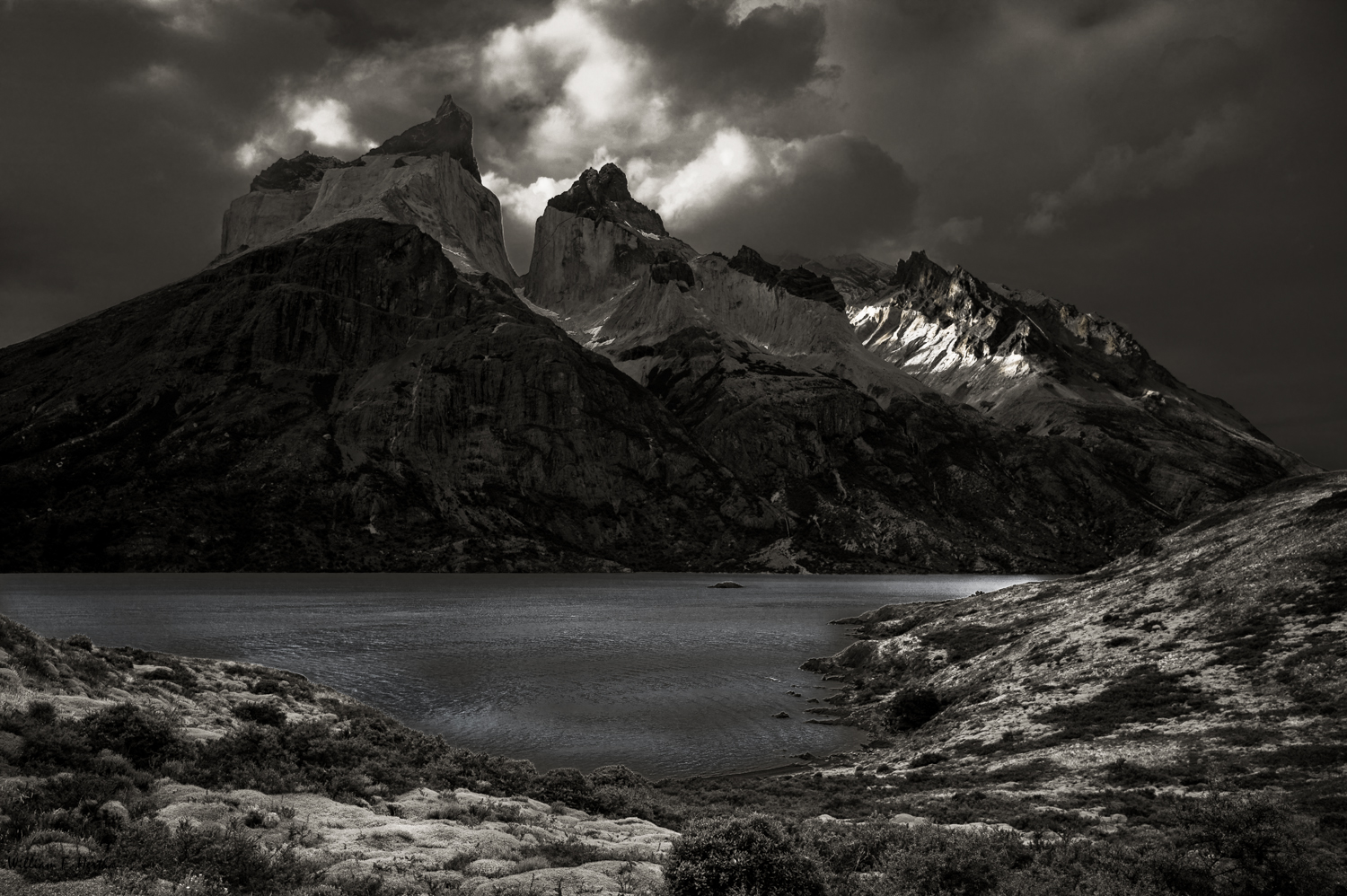




Blog Entries
-
Straight Photography
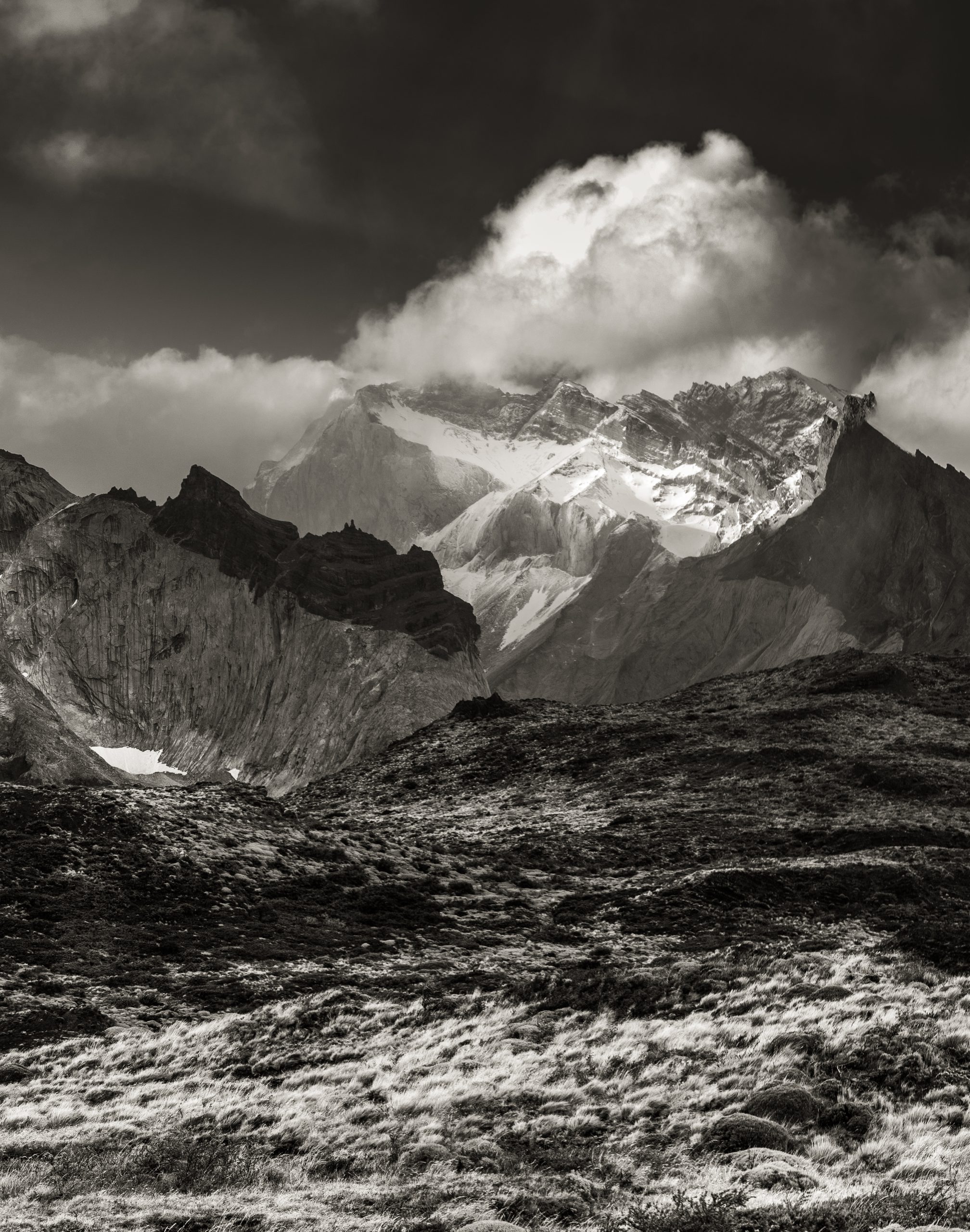
The term straight photography [sometimes referred to as Pure Photography] probably originated in a 1904 exhibition review in Camera Work by the critic Sadakichi Hartmann, in which he called on photographers “to work straight.” He urged them to produce pictures that looked like photographs rather than paintings—a late-nineteenth-century approach known as Pictorialism. To do so meant rejecting…
-
Mountain Medow
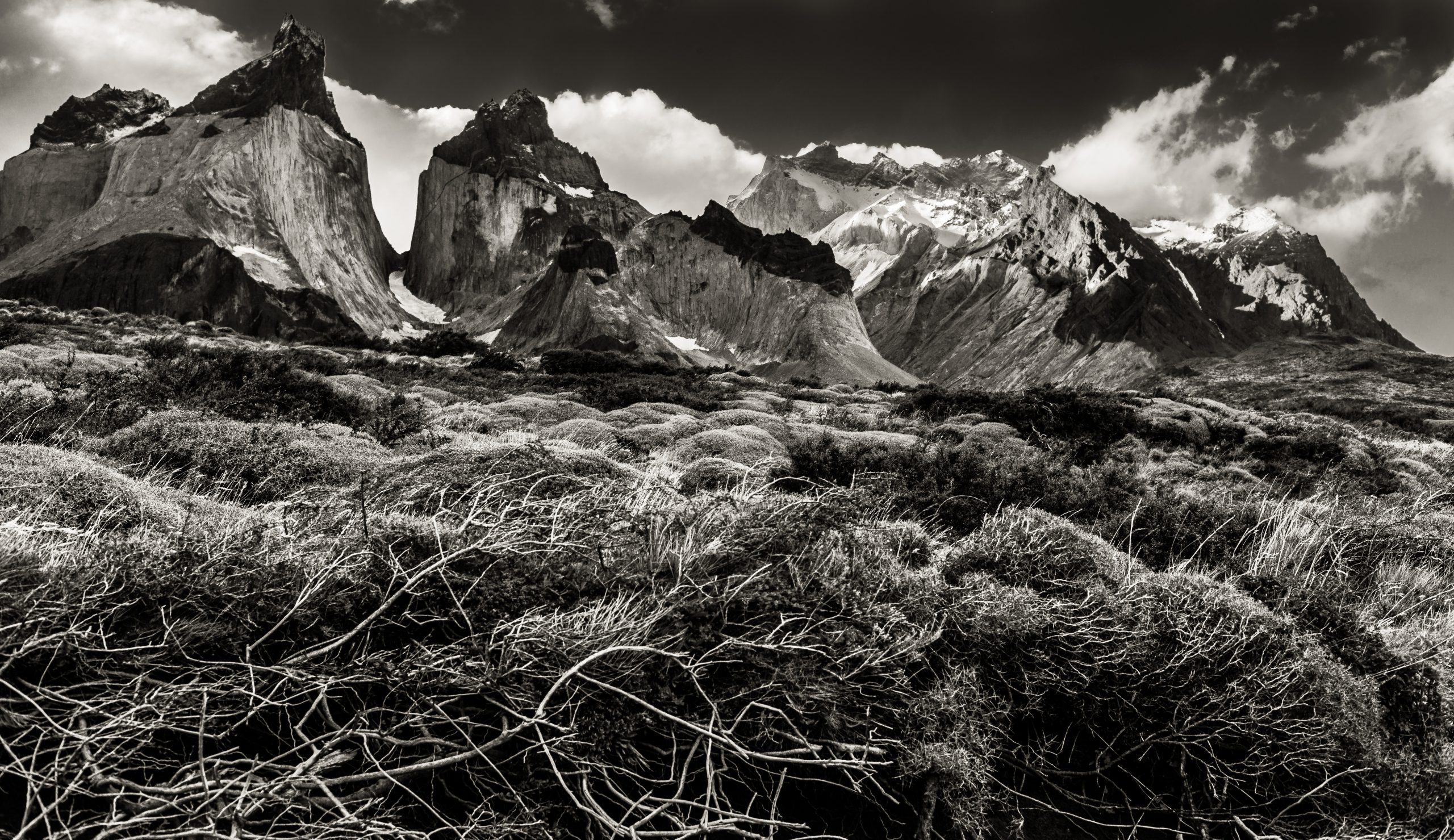
-
Mountain Forest
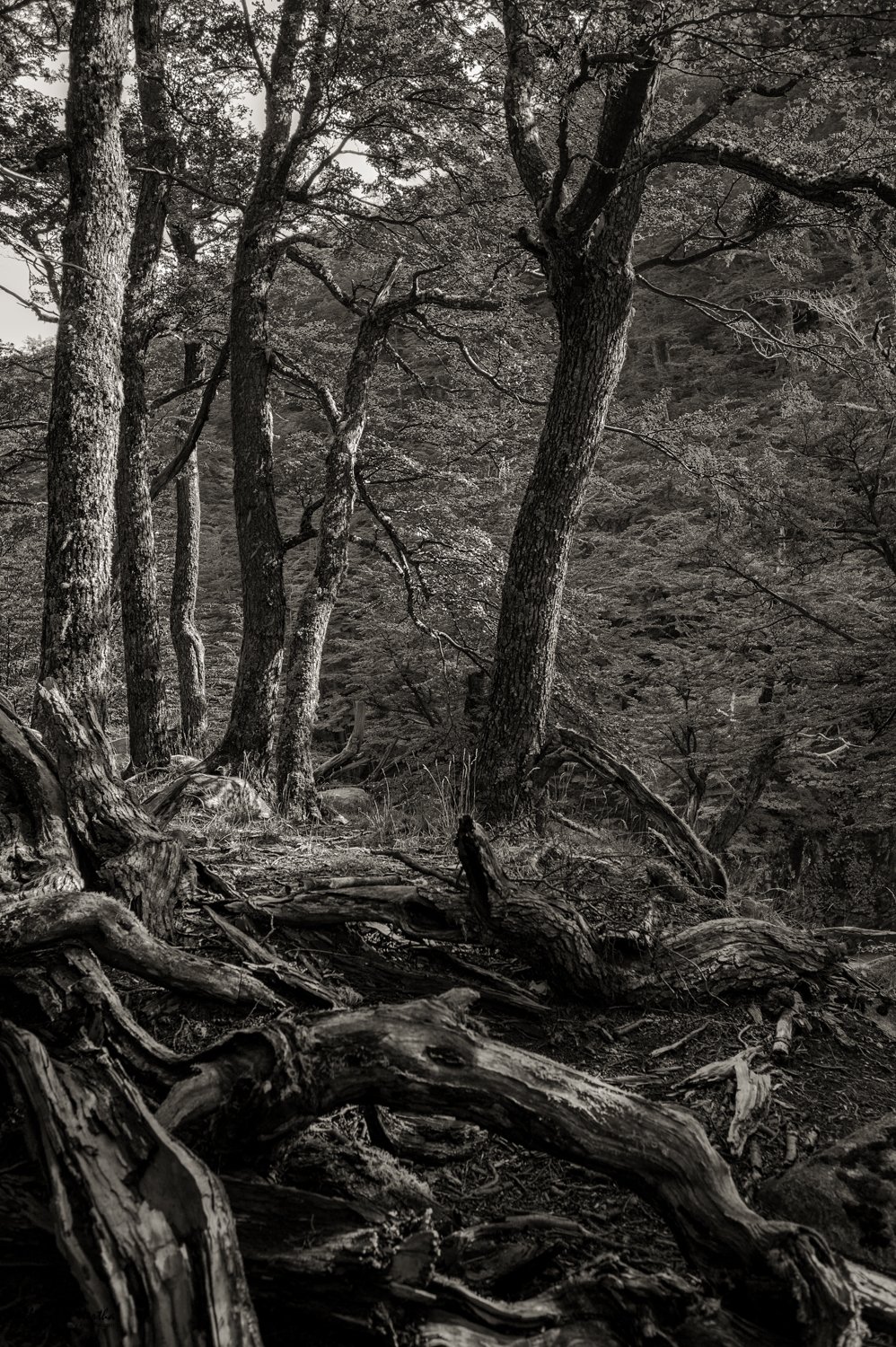
-
Mountain Towers
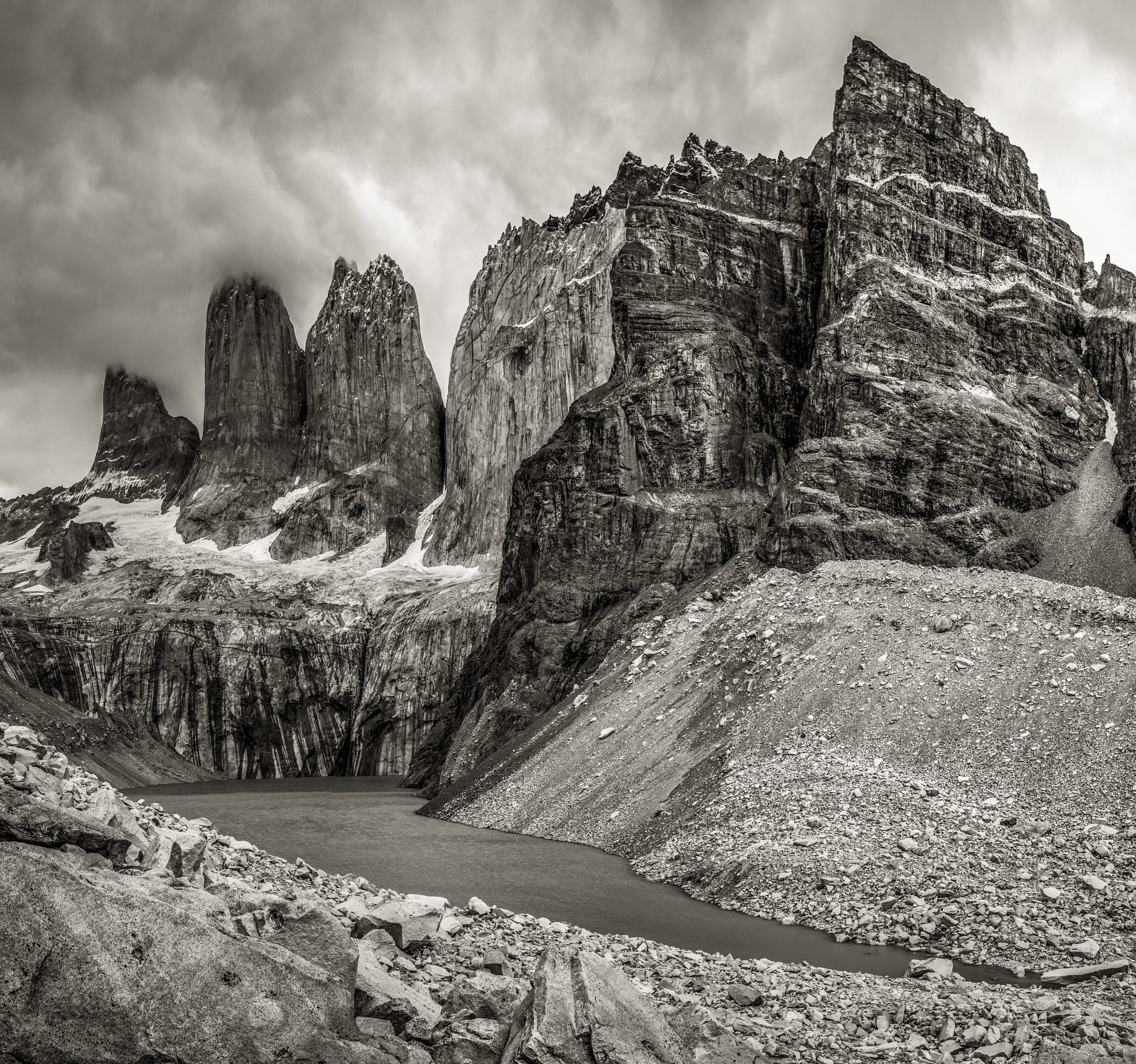
-
Mountain Lake


